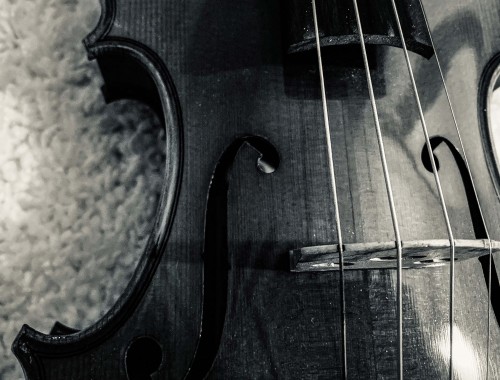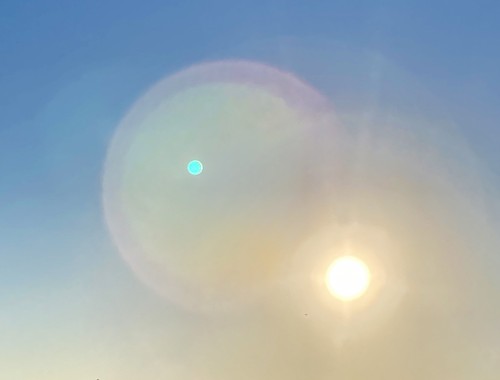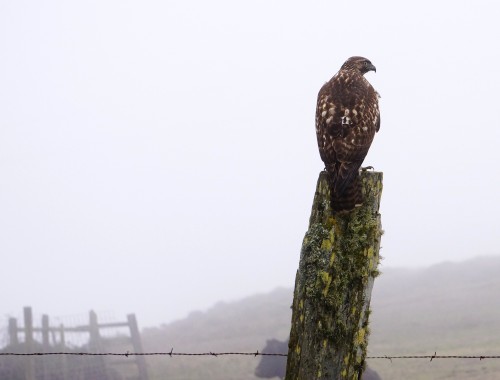The first time I heard the word Ahimsa—the yogic principle that translates to absence of injury or non-violence—my body was torqued into a position of considerable pain.
I stood on one leg, the other bent with foot placed on my supporting inner thigh. Arms aloft, standing ankle in a chronic wobble, whole body alternately swaying and clenching to hold the position. Sweat bled from my hairline. I hung on each second, begging it to end.
I was new to yoga then, and I didn’t yet know that it’s okay if you don’t nail tree pose your first time. Actually, it’s recommended that you fall.
“Ahimsa begins with the self,” the yoga teacher crooned from the front of the class while I implored my standing leg to hold firm. “Non-violence to self first. Breathe. Relax. Allow it to be.”
Easy for her to say. She’d been at this for years.
I tried to coax myself to release just a hair in the pose, allow this. But I couldn’t find any allowing, only the requirement that I perform. I wanted to feel the stretch in tree pose, the extension. Balance. What I felt was nothing but the holding.
That was years ago, and while I’ve come a long way I still often bring this driving for results to my yoga practice. It’s an old, long ingrained behavior, and one that our culture not only encourages but seems to require. I still sometimes hear its call before I can unroll my mat.
What have you done? How are you getting there? What are the steps you will take and where is your achievement? How, in the end, do we measure you?
It took me many more years to identify this thinking, this patterning, as a kind of violence to self and so, by extension, to my fellow human. The idea of violence cannot be divorced from the notion of force. Demanding that you or someone else show you what they are made of through what they have done in the world is force, however subtle or reward-based its packaging. Demanding that my body hold tree pose more firmly than its current capacity could allow created nothing but pain.
The pain, though, was the point. I wanted to feel the good kind of hurt I’d been conditioned to call progress in exercise, in life. If I couldn’t feel it, nothing was happening. If my whole body didn’t burst with effort, I must not be efforting enough.
Habits like these—holding, efforting, pushing hard—had been the rings in the tree to me. I was taught the best way to measure a tree was by its rings. The tree cannot erase what it has been. The evidence of it is written in its dependable rings. Cut the tree down and anyone can see its life laid out in repeated circles. You can’t change the rings, I thought. They are there forever in the core of the tree. I will always need to achieve things to have proof of myself, to show where I have been.
But if a tree burns, does that erase its life, what it has known? Does the evaporation of those rings mean that it never existed? Of course not, you’re probably saying. The tree was what we call a tree and then it changed form. From solid wood to ash and smoke. From a growing thing to energy, heat, and light.
So where did the rings go? This indelible record of its life?
The idea of the rings kept at me. I kept tracing them in my mind. What do they show, really, if they can disappear? It bothered me that so much emphasis had been placed on them in school lessons, how fascinated I was by them when I saw a trunk exposed.
It took another long while for me to get the rest of the metaphor.
A tree is also roots and bark and branches and buds. Leaves and seeds and fruits. It is a home for many creatures and a gentle pioneer into new territory, seeding new trees ever outward across the earth. A tree is far more than its rings, its history.
We are also far more than what we have done, what we continue to do in efforts to prove our worth. When I can hold this big, soft idea rather than demand a posture, I know true non-violence. The far more of me could never injure what I am in this moment. Would never ask me to prove my right to be here today.
I am trunk, branches, buds. Roots, seeds, a place to nest. I am all these things without having to prove them to anyone. The gentleness of living lives in me.



